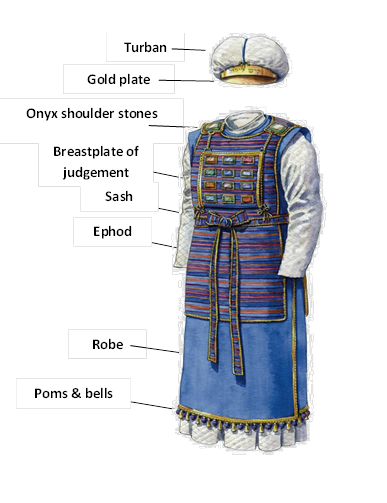What do your clothes say about you? What do they say about your personality, or reveal about your identity? There is some truth in the saying “clothes make the man”, as clothes can provide insight into who you are as a person. But how often do we dress for service to God? The clothes that God’s servants wear reflect their God-given identity.
(A) Consecrated Clothes for a Consecrated Class
Moses is told that Aaron and his four sons are to serve the Lord as priests. Priests were not uncommon in the ancient Middle East. Melchizedek and Moses’ father-in-law Jethro were two priests who were mentioned in the Bible before this extract. There were also priests in ancient Egyptian and Mesopotamian society. The priests were seen as an intermediary between the people and their gods: they would worship, make sacrifices and intercede for the people.
God was choosing a group of Israelites from the line of Aaron to serve Him. His priesthood was by divine appointment. Each priest was consecrated by God to serve Him.
Who does God command to make what for whom, and why?
Moses had to rally skilled artisans to work together to make holy garments for Aaron and his sons. Fine yarns and linen were some of the best materials at the time. The purpose of these garments was to consecrate Aaron and his sons for the priesthood, and they were to reflect the glory of God whom these priests would serve. The garments were sacred and consecrated, set apart from the ordinary. Because their master is holy, the service that the priests are called to is also holy.
Our modern minds are influenced by the aesthetic of Scandinavian and Japanese design artists—simple, minimalist, few colours. However, God is infinitely more complex in His beauty and character. The artisans were not chosen from those who could come up with the best design. They were chosen from among those with skill that was God-given, and He even gave them instructions down to the last specification. We have a God who gives us all we need to do what He requires.
The key elements of the high priest’s attire were the turban, engraved plate, shoulder pieces, breastplate of judgment, sash, ephod, robe and its hem of golden bells and pomegranates. Each stone in the breastplate of judgment represents one of the 12 Tribes of Israel. The breastplate is secured with shoulder pieces marked with two onyx stones. The hem of golden bells and pomegranates would jingle every time the priest moved so that people would know of his presence and that he was still alive when he went to minister in the Holy Place. God’s holiness is fatal for all of us because of our sinful state, so much that He has to prescribe a way for us to approach him.
The high priest could only enter the Holy Place under the covering of these robes—if he showed up in any other clothes, or worse still in his undergarments, he would die in the light of His holiness. A holy God can’t be served by profane hands, and a holy God can’t be approached by profane sinners without an intermediary.
(B) A High Priest Before God
But what are some of the roles and functions of the high priest? He is to:
Bear the names of sons of Israel for remembrance (Exo 28:12)
Bear the names of the 12 Tribes of Israel (Exo 28:15-21)
Discern God’s judgment on behalf of the people of Israel (Exo 28:30)
Minister to God in the Holy Place on behalf of the people of Israel (Exo 28:35)
Bear guilt from the holy things that the people of Israel consecrate as their holy gifts (Exo 28:38)
Thus, the high priest plays an important role. He brings the sons of Israel before God, and he is to do so in a symbolic manner as represented by his garments. The people will know and see that he represents them before God when they see their names on his garment. The priest would discern God’s will for the people using the Urim and Thummim, divining devices used to discern God’s judgment.
The priest also had ceremonial and sacrificial duties in the Holy Place, serving and worshiping God on behalf of the people. He also needs to bear the guilt for the holy things that people offer to God. Why does he need to bear the guilt of the holy things? This is so that they can be accepted before the Lord as people come to Him with imperfect gifts. The high priest accepts the guilt of imperfection on himself.
Notice that the high priest gets a very elaborate set of garments compared to the other priests. His outfit is different from the other priests. Thus, he had a unique role before God. He represented not just his tribesmen, but the whole nation of Israel. He performed the ministry of daily atonement through sacrifices on behalf of the people that would cover their sins. The title of our series is ‘Shadows of the Heavenly’. This is the question we should ask of every study in this series: in what way are these a copy of the heavenly things?
(C ) A Consecrated Priesthood in Christ
When we ask how all of this foreshadows Jesus Christ, the short answer is in John 1:9—“The true light that gives light to everyone is coming into the world”. The light source that reveals all shadows of the heavenly world is Jesus. The two things that distinguish Him from the high priest Aaron are his sinlessness and His lack of covering. The Jews appointed to the office of High Priest were sinners just like you and I. In Exo 32, the soon to be High Priest was found leading the people to worship the Golden Calf. The High Priest had to deal with his own sin before making atonement for the people’s.
Jesus, on the other hand, was tempted and was found without sin. Thus, He could minister to the people and to God perfectly. Becaues Jesus was God, He could perfectly discern the will of God. He also interceded on behalf of the people, a ministry He continues till today. He was the perfect sacrifice, bearing the guilt of all the world so that the people may be accepted by God.
Over time, the fancy, ornate covering of the priesthood which were designed to bring honor and glory became an outward display of self-righteousness. Jesus confronted the chief priests many times. The religious leaders took pride in their actions. Jesus, however, was the very glory of God. Jesus’ naked blood-stained body was presented an accepted before God. His ministry as the great High Prest was the perfection of the Levitical priesthood. He is our perfect High Priest.
What does this mean for us? Firstly, it can cause us to think about how we can approach God in our naked flesh? It is only through Jesus Christ. All who are in Christ are new creations. In Christ, we are given new identities and are given new coverings. Jesus is better than the covering in Exo 28. Jesus’ coverings are blood-bought and yet, are robes of white. When God sees us, He sees the righteousness of Christ. Rev 5 tells us that by His blood, God has ransomed people from every tribe, tongue and nation. But we don’t only have a ticked to heaven when we’ve been saved. We’ve also been made a priest to God through Christ (c.f. 1 Pet 3:3-4). We too, like the High Priest, are “Holy to the Lord”. The shadows of the heavenly have faded away. We have the real thing in the person and work of Christ.
Then, if we are priests of the living God, what is our required attire? The world tells us to dress to impress. But God’s Word tells us to clothe ourselves in the things the world does not see. The fruit of the Spirit shows the character of Christ. The world may not see these things but God does.
What do others see when they look at you? Do they see a well-dressed person, or do they see Christ?



